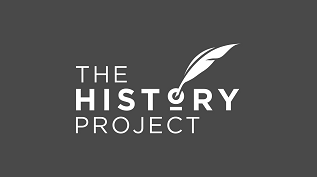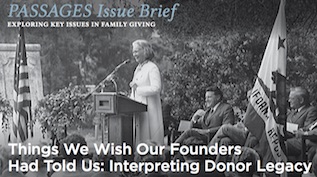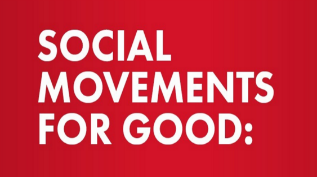DAF Impact Story: An Evolving Vehicle for Developing Younger Generations for Philanthropy
Posted on May 11, 2017 by David Weitnauer

With the conviction that the R. Howard Dobbs, Jr. Foundation should be managed for perpetuity, board leadership approved the establishment of the Dobbs Fund at the Community Foundation for Greater Atlanta in 2002 in part to provide a philanthropic training ground for succeeding generations… Read More







